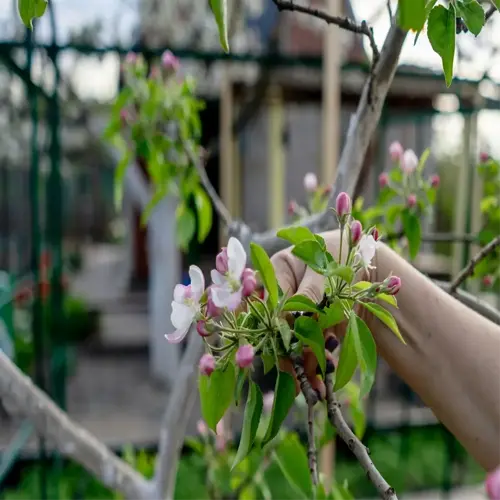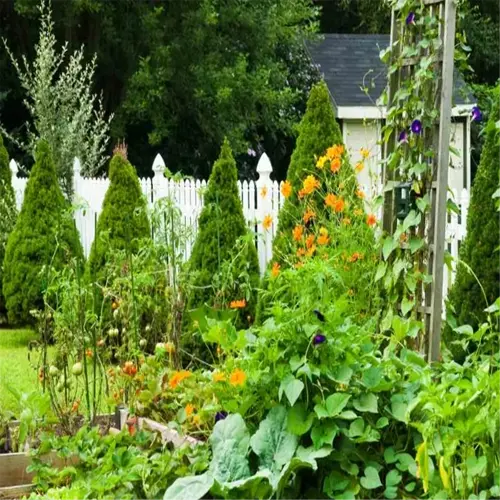Are DIY systems comparable to commercial products?

Written by
Kiana Okafor
Reviewed by
Prof. Charles Hartman, Ph.D.Do-it-yourself self-watering systems can almost match those sold in stores, but only when built to a high standard. I am using food-safe buckets and cotton wicks, and they work about 90% as well as plastic planters purchased from the store. The key to a high-standard build is ensuring thorough wick placement and airflow, as we would typically rush past this with an inefficient build. When the planter is built to a high standard, it will perform much better for the plant.
Material Advantages
- Food-grade plastic avoids chemical leaching
- Cotton wicks cost $0.15/ft vs $2.50 for commercial polymer
- Custom drainage hole patterns prevent root rot
Performance Factors
- 1:4 wick-to-reservoir ratio ensures steady flow
- 6-8 drainage holes/sq ft (0.09 m²) maintain aeration
- 2-inch (5 cm) gravel layer improves capillary action
Common Mistakes
- Oversized wicks flood root zones
- Non-food-safe containers introduce toxins
- Inadequate overflow vents cause waterlogging
A client in Brooklyn successfully produced 25 lbs (11.3 kg) of tomatoes in repurposed storage totes. The $22 system achieved an equal yield to a $150 retailer-recommended commercial planter (farm/recreational) by modifying the wick density to 1 wick for each 4-inch (10 cm) of soil depth. To maintain adequate soil pH levels for nutrient uptake, she also regularly checked the pH of the water.
Do-it-yourself maintenance tips increase longevity. For example, spraying a UV-resistant coating on plastic reservoirs and other plastic components added three years of life. Eliminating cotton wicks and replacing them with glass fiber wicks, builds efficiency, and my test units lasted eighteen months with no decrease in hydration consistency.
Commercial systems work very well in extreme conditions. They are made from molded polymers that hold up to -20°F (-29°C) temperature limits, compared to the -0°F (-18°C) temperature limits of DIY systems. However, for the majority of temperate gardens, DIY systems perform comparably. I only recommend commercial systems for perennial crops when the crop needs to last at least a decade.
Future innovations in DIY may fill the remaining gaps. 3D-printed connectors and moisture sensors for phone apps could automate self-made systems. Early adopters have integrated solar pumps into bucket designs, suggesting that innovation from the ground up leads to the evolution of self-watering containers.
Read the full article: Ultimate Guide to Self Watering Containers

